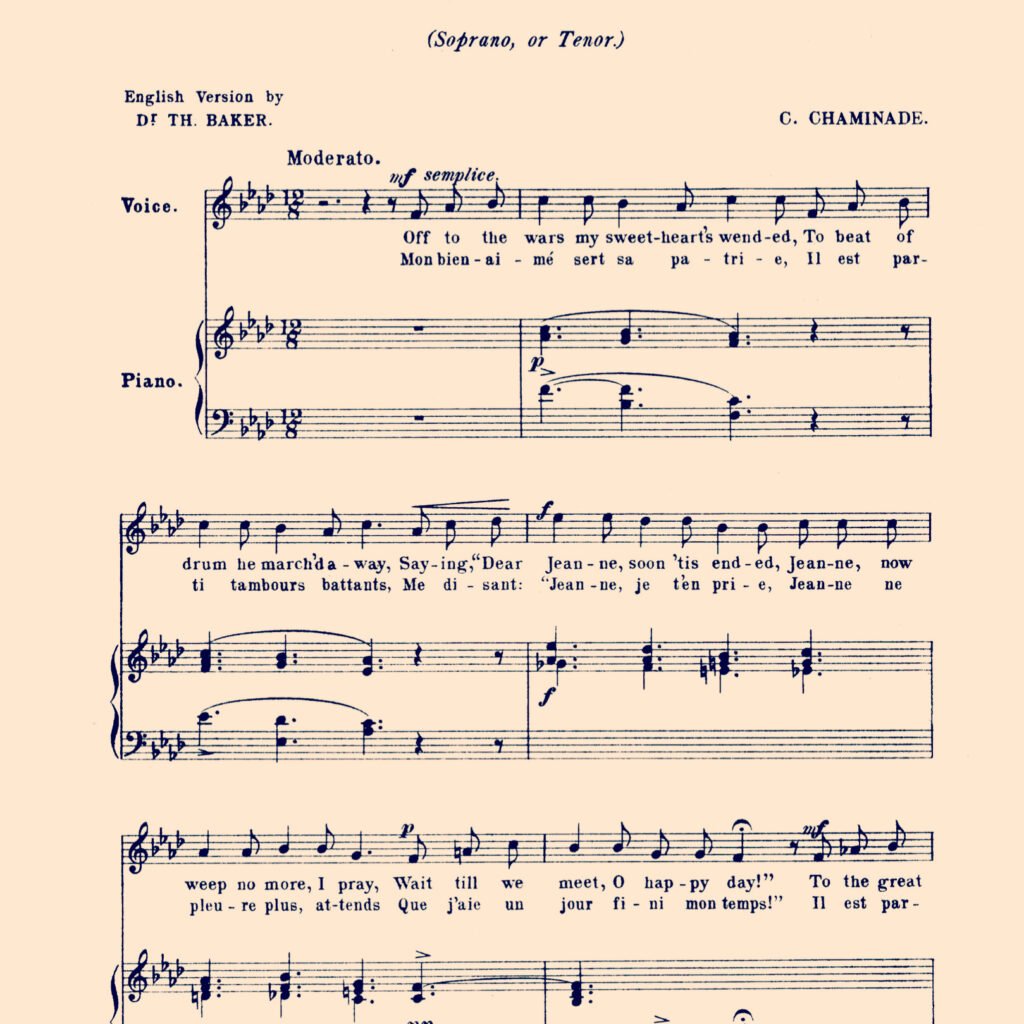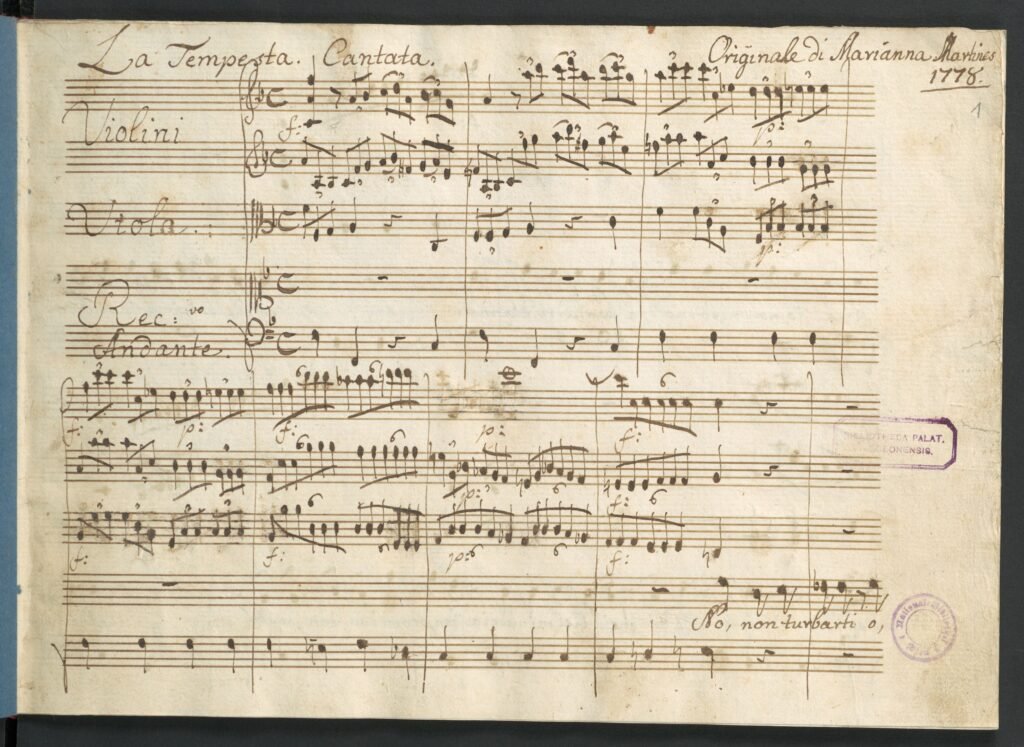Women of color have long been excluded from the classical music world. Much of the current literature focuses on white women. However, there is a wealth of music out there written by women of color across the world.
As I’m starting to do more research on this subject, I’ve found a few websites and books that I’m really excited to delve into. Since my last Topic Thursday, which included resources for finding sheet music, was pretty popular, I thought people might appreciate a round-up of resources for learning more about black women composers.
There are tons of incredible pieces out there, and I’ve only skimmed the surface so far. Through these resources, I’ve found many more recordings that I can’t wait to listen to.
African Diaspora Music Project
This fantastic project, led by Dr. Louise Toppin and Videmus, has compiled a massive list of black composers. They’ve got biographies and a search function to help you find songs appropriate to your voice and concert repertoire.
Dr. Louise Toppin is a soprano and professor specializing in contemporary music and has also spent years promoting the performance and research of music by black composers. Her organization Videmus is dedicated to performing under-represented composers, including composers of color and female composers.

Music By Black Composers
Music by Black Composers has a massive directory of all known historic black composers and a separate one for living composers. They’ve also published several anthologies (at the moment, for violin, but more works are coming) and a blog that often features biographies of historic black composers.

Women’s Philharmonic Initiative
Although not soley focused on black women composers, the Women’s Philharmonic Initiative is a fantastic organization. They provide grants to orchestras in the US that would like to perform music by women. Past grant winners include the Louisiana Philharmonic Orchestra (2015), San Jose Chamber Orchestra (2012), and the Boulder Philharmonic Orchestra. Unfortunately, due to the pandemic, 2020 grants are on hold.
If you’re an orchestral ensemble looking to perform music by black women composers, check out their list here. They also have parts available on request, which makes life a lot easier.
African American Composer Initiative (AACI)
Founded in 2009 in San Francisco, the AACI performs a wide variety of music by black composers, including Florence Price and Duke Ellington. They’ve got tons of recordings and performances on their website and a list of composers with links to sheet music.
Chamber Music America
This organization exists to promote chamber music of all types, including classical and jazz, across the United States. They have a Composers Equity Project, which has a massive list of composers of color, women, and gender non-conforming composers with links to their websites.
Most of these seem to be living composers, so if you’re looking for composers from previous eras, you might want to check out another site.
Black Women’s Music Database
This database is dedicated to researching music by black women across genres. They’ve got a huge PDF, which is a fantastic resource whether you’re interested in classical music, jazz, blues, theater, or opera – seriously, they have all the art bases covered.

Hildegard Publishing
Often, a significant barrier to programming music by under-represented composers is finding sheet music. Hildegard Publishing has several anthologies focusing on black women composers, including Art Songs and Spirituals by African-American Composers and Black Women Composers: A Century of Piano Music.
Enjoy Exploring
This music deserves to be performed just as much as the standard existing canon, and all of these organizations are doing fantastic work getting it out there. Whether you’re a musician looking for new rep, a teacher wanting to include more diverse composers in your materials, or just want to listen to some seriously underappreciated music, you should check out these websites.
For those wanting to listen, here are a few Spotify playlists:










